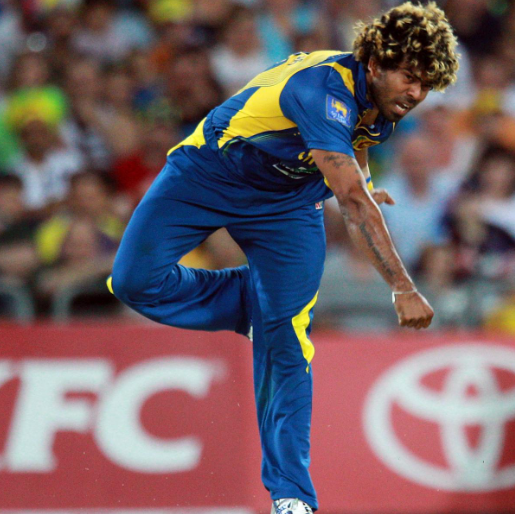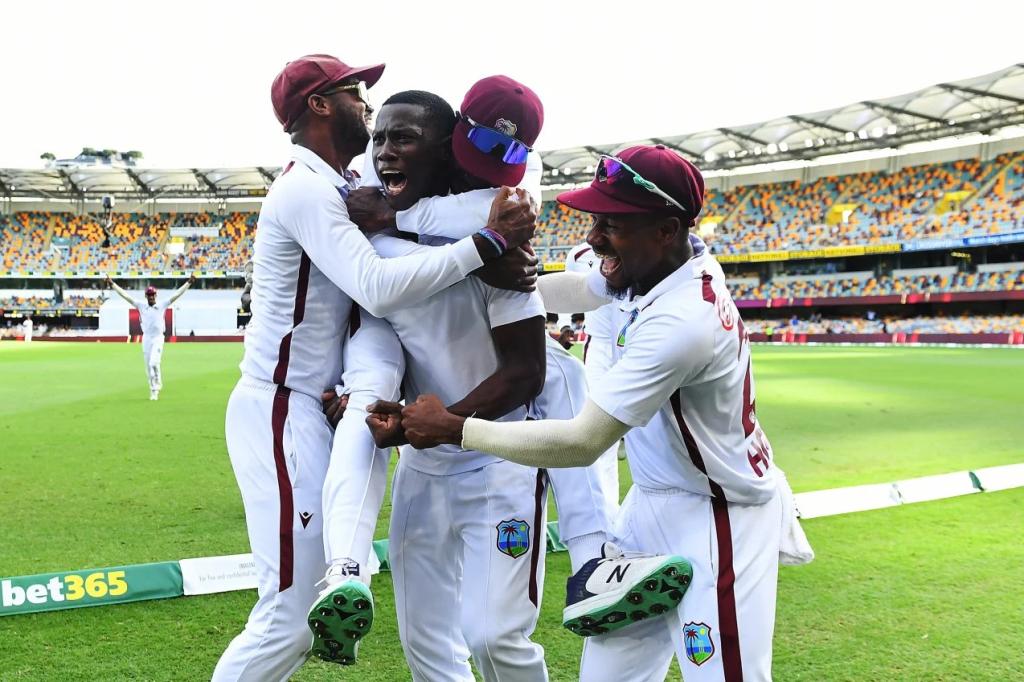Sportsmanship: Cricket, often referred to as the “gentleman’s game,” is celebrated for its values of sportsmanship, respect, and fair play. However, despite these ideals, there have been instances of poor sportsmanship that have tarnished the spirit of the game. Bad manners on the cricket field not only impact the players involved but also set a poor example for fans and aspiring cricketers. This article explores notable examples of bad behavior in cricket, categorizing them into sledging, cheating, unsportsmanlike conduct, and other forms of misconduct.
1. Sledging: Verbal Altercations On The Field
Sportsmanship: Sledging refers to the practice of players using verbal taunts or remarks to unsettle opponents. While some argue it is part of the competitive spirit, excessive sledging often crosses the line into poor sportsmanship.
Notable Instances of Sledging

| Match | Players Involved | Description |
|---|---|---|
| India vs. Australia (2008) | Harbhajan Singh, Andrew Symonds | Harbhajan was accused of racially taunting Symonds, leading to a major controversy. |
| Australia vs. South Africa | Michael Clarke, Dale Steyn | Clarke told Steyn to “get ready for a broken arm,” which was deemed highly inappropriate. |
| England vs. West Indies (2004) | Mark Boucher, Ramnaresh Sarwan | Boucher made personal comments that led to heated exchanges. |
2. Cheating: Breaching The Spirit Of Cricket
Cheating in cricket undermines the integrity of the sport. From ball-tampering to claiming false catches, these actions betray the trust of fans and opponents alike.
Famous Cheating Incidents
| Match | Incident | Details |
|---|---|---|
| South Africa vs. Australia (2018) | Ball-Tampering Scandal | Cameron Bancroft used sandpaper to tamper with the ball under the guidance of senior players. |
| England vs. Pakistan (2006) | Ball-Tampering Allegations | Pakistan was penalized for tampering with the ball, leading to the first-ever forfeiture of a Test match. |
| India vs. Australia (2019) | Mankading Incident | Ravi Ashwin “Mankaded” Jos Buttler, leading to debates about the legality and spirit of the dismissal. |
Cheating incidents often lead to severe penalties, including bans and fines, highlighting the seriousness of such offenses.
3. Unsportsmanlike Conduct

Unsportsmanlike conduct goes beyond verbal or technical violations. It includes actions that display a lack of respect for the game, opponents, or officials.
Examples of Unsportsmanlike Conduct
| Match | Players Involved | Description |
|---|---|---|
| West Indies vs. Sri Lanka (2001) | Marlon Samuels | Samuels’ excessive appealing and aggressive celebrations were criticized as disrespectful. |
| India vs. England (2014) | James Anderson, Ravindra Jadeja | Anderson pushed Jadeja in a heated on-field altercation. |
| Australia vs. India (2008) | “Monkeygate” Scandal | Alleged racial abuse led to a breakdown in relations between the teams. |
4. Disputes with Umpires
Questioning or challenging umpires’ decisions is considered poor sportsmanship. While players may feel frustrated by decisions, maintaining respect for match officials is paramount.
Notable Umpiring Disputes
| Match | Incident | Details |
|---|---|---|
| India vs. Pakistan (1987) | Javed Miandad | Miandad imitated the umpire’s signals to protest a decision. |
| Sri Lanka vs. England (2014) | Jos Buttler | Buttler argued aggressively after being dismissed via a controversial call. |
| Australia vs. West Indies (1975) | Viv Richards | Richards refused to leave the crease after being given out, delaying the game. |
Umpiring disputes undermine the authority of match officials and disrupt the flow of the game.
5. Aggression And Physical Altercations

Physical altercations on the field are rare but highly condemnable. Cricket, as a non-contact sport, holds players to a high standard of conduct.
Infamous Physical Incidents
| Match | Players Involved | Description |
|---|---|---|
| India vs. Pakistan (1996) | Aamer Sohail, Venkatesh Prasad | Sohail’s provocative gesture led to a fiery exchange. |
| England vs. Australia (1977) | Dennis Lillee, Ian Botham | Lillee and Botham were involved in a shoving match. |
| Pakistan vs. Afghanistan (2022) | Asif Ali, Fareed Ahmad | Asif and Fareed clashed physically after a heated exchange. |
6. Deliberate Time-Wasting
Time-wasting tactics are often employed to disrupt the opposition’s momentum or force a draw in Test matches. While within the rules, such behavior is considered unsporting.
Notable Time-Wasting Examples
| Match | Team/Players Involved | Description |
|---|---|---|
| England vs. South Africa (2017) | South Africa | South African batsmen deliberately slowed the over-rate. |
| India vs. Australia (2001) | Steve Waugh’s Australia | Australia was accused of slowing play to avoid defeat. |
| Pakistan vs. Sri Lanka (2009) | Pakistan | Pakistan’s tailenders used excessive time to prepare for deliveries. |
Time-wasting frustrates fans and undermines the competitive spirit of the game.
Impact Of Poor Sportsmanship

1. Damage to Cricket’s Reputation
2. Influence on Young Cricketers
Poor sportsmanship sets a bad example for aspiring cricketers, potentially normalizing unethical behavior.
3. Deterioration of Team Relations
Unruly behavior can lead to strained relations between teams and players, making future encounters tense.
While cricket is celebrated for its rich traditions and values, poor sportsmanship remains a blemish on the game. From sledging and cheating to physical altercations and umpiring disputes, bad behavior not only impacts the immediate match but also leaves a lasting stain on the sport’s image. It is crucial for players, officials, and governing bodies to uphold the spirit of cricket and ensure that fair play remains at the heart of the game. By addressing these issues proactively, cricket can continue to inspire generations with its values of integrity, respect, and sportsmanship.


